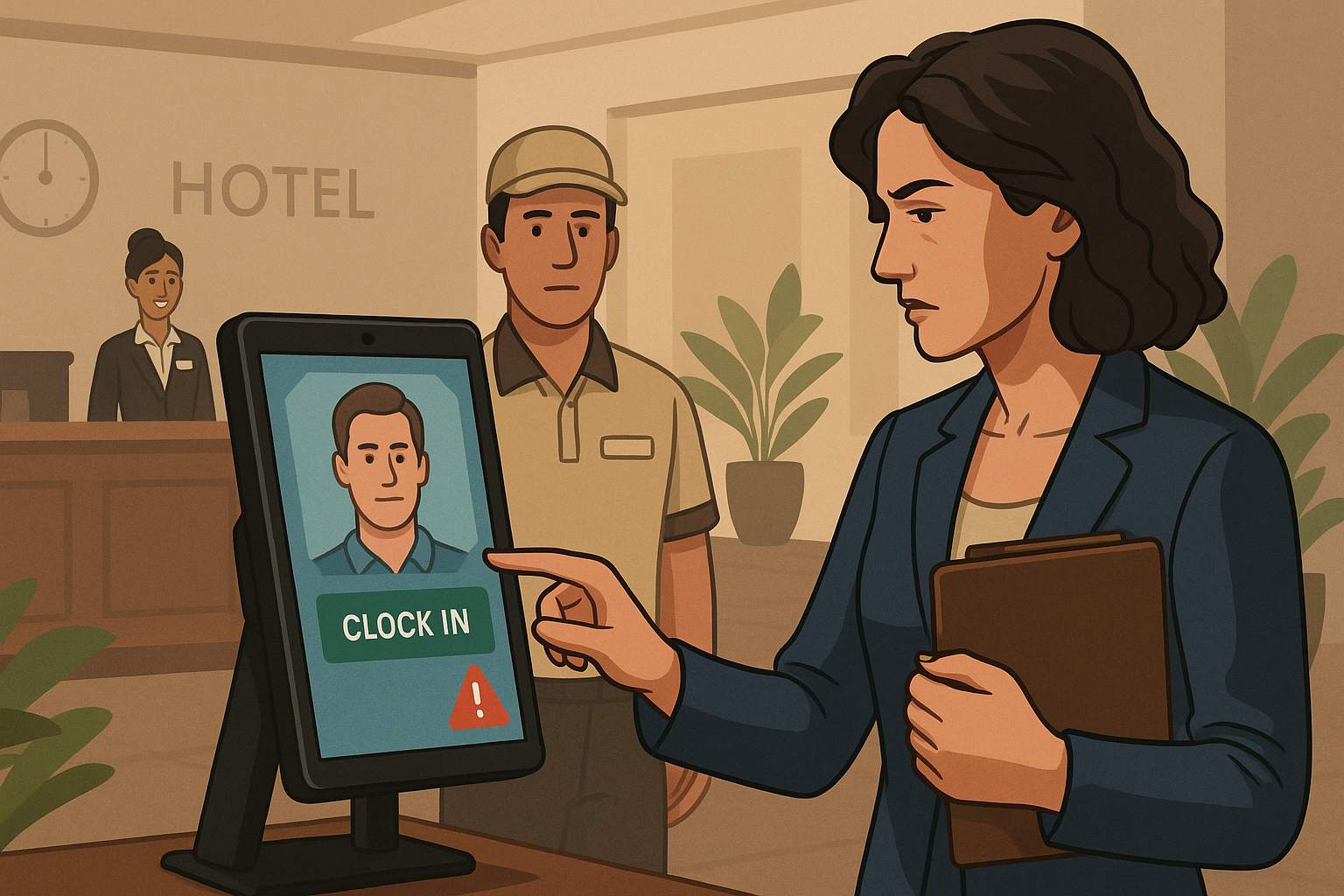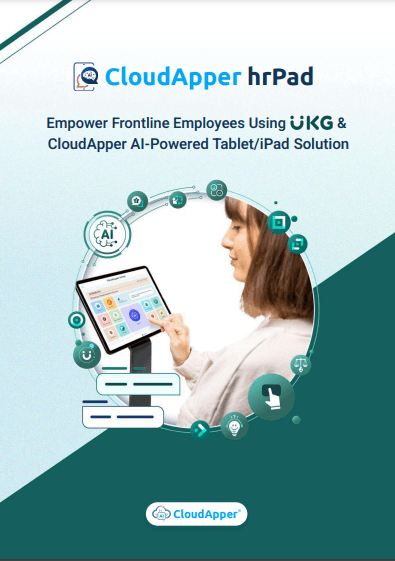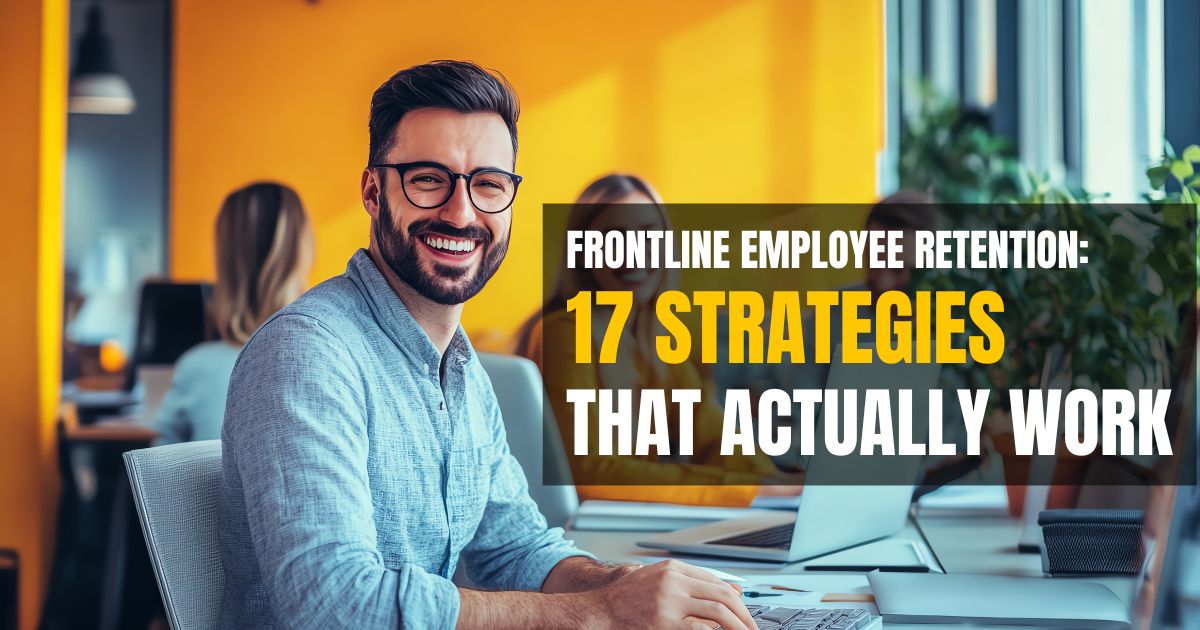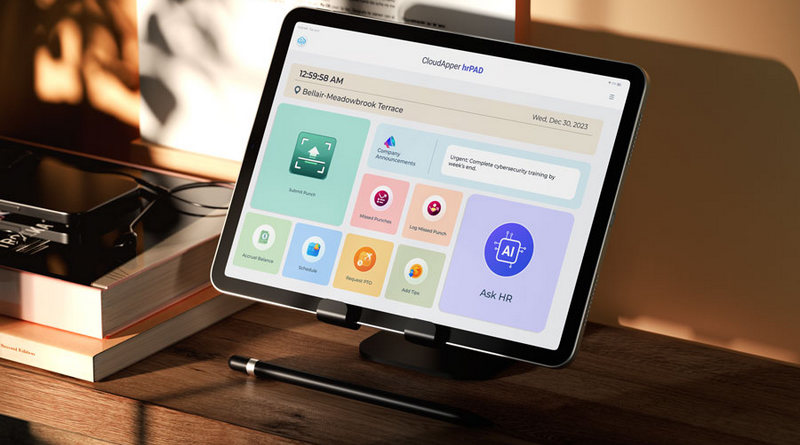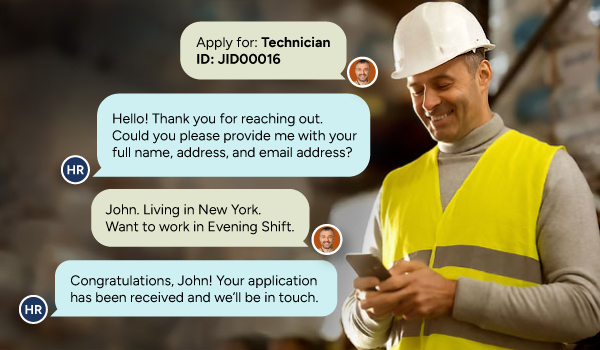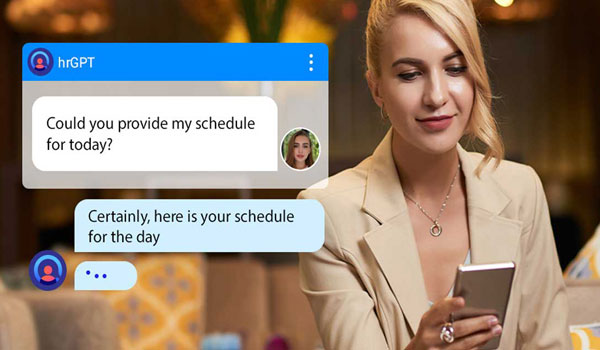Compliance penalties in hospitality can escalate quickly when labor policies are not enforced in real time. Discover how a hotel manager leveraged CloudApper hrPad with UKG to implement real-time enforcement, reduce violations, and protect operations before risks became liabilities.
Table of Contents
Maria Sanchez had just stepped into her new role as Guest Services Manager at the Riviera Grand—a 150-room boutique hotel that ran a full-service restaurant and event venue. Everything looked smooth on the surface, but an employee complaint changed that overnight.
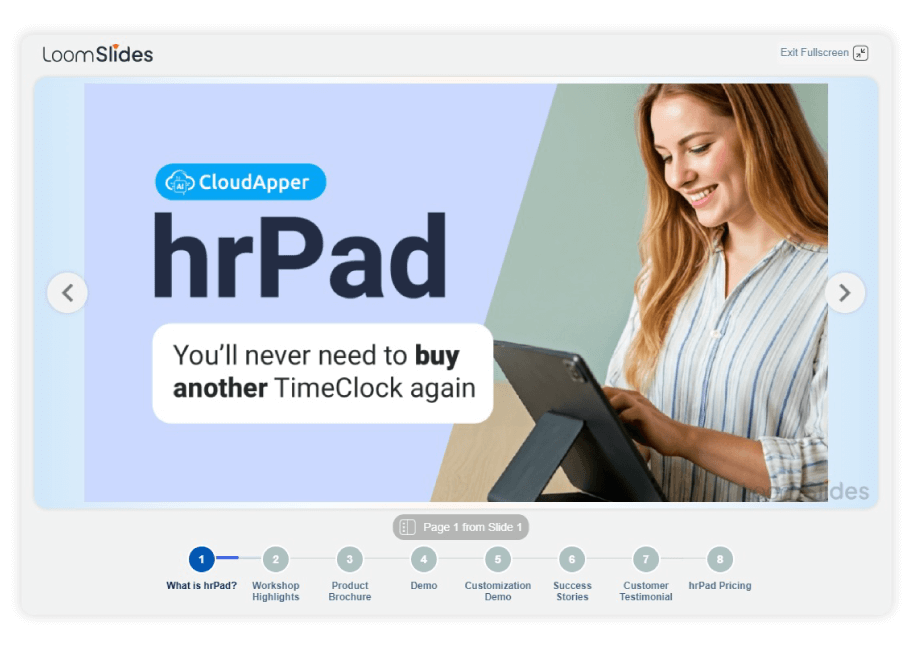
For more information on CloudApper hrPad for UKG visit our page here.
The claim? Missed breaks, unpaid overtime, and labor law violations.
Maria’s HR team warned her: if they didn’t have a real-time enforcement system in place, the hotel could be liable for thousands in penalties—plus reputational damage during peak season.
That’s when Maria discovered CloudApper hrPad, a solution designed to work with UKG and enforce labor compliance policies at the exact moment they’re at risk—not after the damage is done.
The claim? Missed breaks, unpaid overtime, and labor law violations.
Maria’s HR team warned her: if they didn’t have a real-time enforcement system in place, the hotel could be liable for thousands in penalties—plus reputational damage during peak season.
That’s when Maria discovered CloudApper hrPad, a solution designed to work with UKG and enforce labor compliance policies at the exact moment they’re at risk—not after the damage is done.
The Hidden Cost of Missing Real-Time Enforcement
Many hospitality organizations rely on time tracking and retroactive audits. But Maria’s legal counsel was clear: by the time you detect violations post-payroll, you’re already exposed to risk.
Without real-time enforcement, here’s what’s at stake:
-
Missed meal/rest breaks, especially during busy hours.
-
Unauthorized overtime, often occurring without manager awareness.
-
Incorrect punch-ins, due to mobile or off-site clocking.
-
Manual corrections, which weaken audit defense and expose payroll inconsistencies.
Maria’s 5-Step Blueprint to Enforcing Compliance in Real Time
Step 1: Audit Risk Areas
Maria started by mapping key compliance failure points across hotel operations. She partnered with HR, payroll, and legal to identify trends from past audits, like:
-
Breaks taken too late or skipped entirely.
-
Double shifts without proper documentation.
-
Time entries adjusted manually after missed punches.
Expert Insight – Carla Nguyen, Labor Law Advisor
“You can’t apply real-time enforcement until you’ve defined exactly what needs enforcing. This starts with knowing your high-risk areas.”
Step 2: Install hrPad Kiosks at Critical Locations
CloudApper hrPad tablets were deployed at:
-
Employee entrances
-
Kitchens and prep areas
-
Banquet halls and event staging zones
Each station authenticated employees via facial recognition or QR/NFC tags and enforced location-specific punch rules.
Expert Insight – David Singh, Hospitality IT Specialist
“Real-time enforcement doesn’t work if employees can bypass the system. Placement and user experience are just as important as the technology.”
Step 3: Configure Break and Overtime Rules
hrPad allowed Maria’s team to build automated enforcement logic:
-
Meal and rest break windows were scheduled based on shift length.
-
If employees approached a violation window, hrPad issued alerts in real time.
-
Punch-outs during unapproved overtime were blocked pending manager approval.
This removed ambiguity from the process—and ensured enforcement wasn’t just policy, but practice.
Step 4: Integrate with UKG for Centralized Control
Maria’s HR system was built on UKG. CloudApper hrPad offered seamless integration through no-code connectors, which allowed real-time punch data, exception reports, and break compliance statuses to sync directly into UKG.
Now, her HR and payroll teams had unified data, which was accurate, timely, and audit-ready.
Expert Insight – Mekonnen Tesfaye, Compliance Auditor
“Logs generated at the moment of infraction are your strongest legal defense. Real-time enforcement ensures that you have those logs, without relying on memory or manual edits.”
Step 5: Monitor Exceptions and Train for Accountability
Maria used hrPad’s dashboard to monitor violations as they happened:
-
Live alerts for missed breaks or overtime thresholds
-
Weekly exception summaries sent to department heads
-
Monthly audit logs exported for legal review
Managers used these to coach staff proactively rather than reactively.
Real-Time Enforcement Results: What Changed
After 60 days of full deployment, the Riviera Grand achieved:
| Metric | Before hrPad | After Real-Time Enforcement |
|---|---|---|
| Break compliance | 74% | 97% |
| Unauthorized overtime incidents | Weekly | <1 per month |
| Payroll correction rate | 18% | 4% |
| Staff complaints related to hours | Frequent | Nearly eliminated |
| Audit-readiness | Moderate | Fully documented with live logs |
These were not only operational wins—they helped Maria demonstrate ROI to executives, showing how real-time enforcement mitigates legal risk while improving team accountability.
Expert Panel: What Makes Real-Time Enforcement Work?
| Expert | Key Advice | Pitfall to Avoid |
|---|---|---|
| Carla Nguyen | Codify labor laws before applying tech | Failing to localize based on jurisdiction |
| David Singh | Ensure system is accessible and fast | Overcomplicating the punch-in process |
| Mekonnen Tesfaye | Use timestamps, geofencing, and automated alerts | Relying on manual timesheet reviews |
| Lucia Romero | Train frontline staff and managers together | Skipping change management and training |
Final Thoughts: Real-Time Enforcement Is No Longer Optional
In the hospitality industry, time is money—and every delayed reaction to a labor law violation carries financial, legal, and reputational cost.
Real-time enforcement isn’t a luxury—it’s becoming the new standard. And with tools like CloudApper hrPad, any business using UKG can move from passive tracking to proactive protection.






